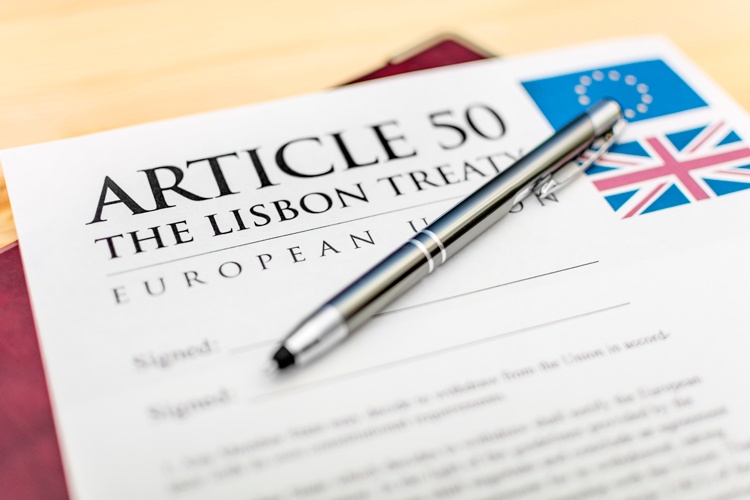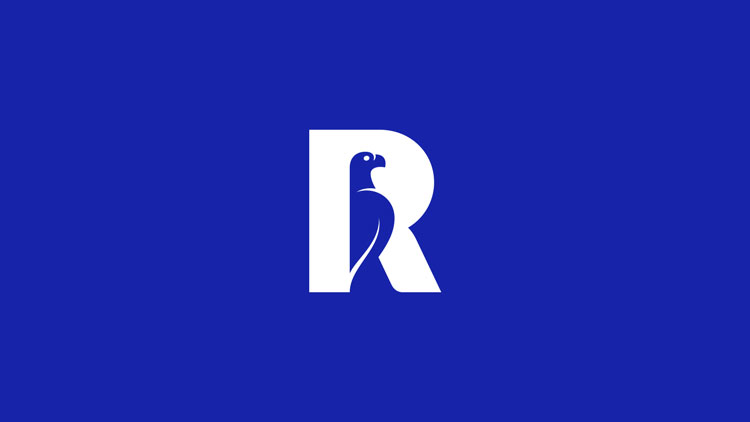5 important things that happened in design this week
From the BBC investing in digital design and virtual reality, to cultural organisations coming together in light of Brexit, we round up the news from the last seven days.
The BBC looked to improve its digital services

Media companies have transformed themselves from predominately written and broadcast platforms in recent years by investing in new technology. The Guardian set up a virtual reality team in 2016 to enhance its journalism offering and “create immersive and impactful storytelling”, while the New York Times set up smartphone app NYTVR in 2015.
This week, the BBC published its annual plan for 2017-18 and announced that it would be investing in expanding its digital offering to engage younger audiences and personalise content for viewers.
This includes investing in VR, as well as using 360-degree video and piloting a local news bulletin that will be responsive to voice-controlled products.
The broadcaster has also promised to spend £34 million on content for children, providing multimedia in the form of quizzes, game and apps.
The transition does not only see the BBC keeping up with the latest media trends, but could also see its online channels, such as iPlayer, rival digital-led brands such as Netflix and Amazon Prime.
Read the BBC’s annual plan in full here.
Cultural organisations came together in light of Brexit

Since the UK’s vote to leave the European Union (EU) on 23 June 2016, the creative industries have been putting forward their views on how best to protect designers and creatives following Brexit.
This has included guaranteeing copyright and intellectual property laws, enabling ease of movement for employees and students in the creative and design sectors between the UK and EU countries, and continuing to pay into and benefit from EU cultural initiatives such as Creative Europe.
This week, the British Council announced that it had launched Our Shared European Future, a set of recommendations submitted to Brexit negotiators, both in the UK Government and the European Council.
The recommendations have been consulted on and endorsed by the likes of Tate, Victoria and Albert (V&A) museum, Creative Industries Federation and Culture Action Europe, and aim to convince political leaders to take arts and culture, alongside science and tech, seriously.
Suggestions include a special “culture and education” travel permit for university students, and enabling young people to take part in future policy-making.
Read the Our Shared European Future recommendations in full here.
Morag Myerscough transformed an arts centre in London

Designer Morag Myerscough is known for her colourful, community design projects, which have brightened up hospitals, schools and public art installations in the past.
Her latest project was revealed this week; the revamp of a café in the Bernie Grants Art Centre in Tottenham, North London, which has kickstarted a two-year refurbishment plan for the exhibition and performance space.
Myerscough has worked with the original building, designed by architectural practice David Adjaye Associates, but filled the grey concrete and wooden space with geometric, colourful patterns, with help from artists Luke Morgan and Yemi Awosile.
The project aims to turn the arts centre into a social space where local people “want to stay longer after performances”, says Myerscough, and also aims to hero artists’ work. Spaces have been left on the multi-coloured walls, which will be filled by visual art and photography on a changing, regular basis.
Myerscough’s projects have a similar style, and aim to make public spaces more uplifting, happier places to be. Earlier this year, she was commissioned by charity Artfelt to transform a ward at Sheffield Children’s Hospital, which aimed to “alleviate anxiety and improve the mood of patients and visitors”, said Artfelt manager Cat Powell at the time.
The Great Exhibition of the North revealed its branding

Launching in 2018, the Great Exhibition of the North will be one of the biggest cultural events of the year. A Government initiative, it will take place across Newcastle and Gateshead, after the region won the bid to host the festival against several other Northern cities.
This week the festival revealed its branding, which has been designed by Leeds-based consultancy Build. Northumberland-based Twentyseven has created an advertising campaign called #GetNorth2018.
The logo is composed of an “N” letterform and an upward-pointing arrow symbol, which have been used because they are already associated with the North of England, says Build creative director Michael Place, and to symbolise the idea of people travelling “upwards” from the South for the festival.
An animated form of the logo also indicates this idea of movement, while a host of colours and patterns have been used to distinguish between different sections of the festival, particularly to be used across wayfinding at the event.
The event, which takes places from June – September 2018, will see visual arts and design, architectural installations, performances, science experiments, digital installations and literature readings. It will add to the growing plethora of art and design festivals that challenge the idea that the UK’s cultural hotspot is London.
Charity Rhodes Trust rebranded for the “21st century”

The Rhodes Trust is a charity originally set up in 1903 to provide educational opportunities to a diverse mix of people. Now, based at Oxford University, it provides scholarships to roughly 100 students from over 60 countries a year, enabling them to study at the university with the aim of “making a positive impact on the world”.
The 114-year-old charity revealed a rebrand this week, completed by consultancy Lambie-Nairn, which features a refreshed logo made up of the Zimbabwe national emblem incorporated within an “R” symbol.
The new branding looks to position the educational charity as a “forward-thinking” organisation fit for the “21st century”, says Lambie-Nairn, with the upright-bird symbol emphasising the idea of “standing up for the world”.
The new branding has rolled out across digital and print platforms.
Got a design story? Get in touch sarah.dawood@centaurmedia.com.
-
Post a comment




